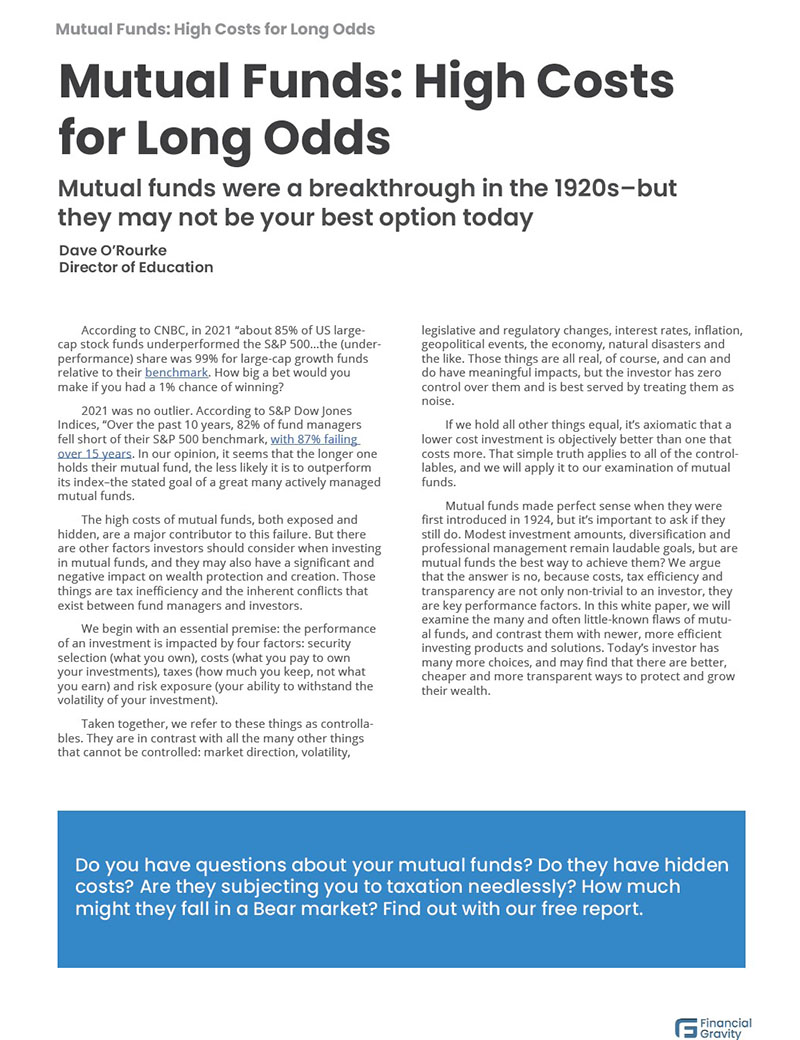The R-word Redux
Economists and forecasters have been predicting a recession in the U.S. “in the next year or two” since interest rates began to rise in 2022. In an effort to combat inflation, the Fed raised interest rates 11 times between 2022 and 2023, taking the fed funds rate from just above zero to 5.33%, its highest level in 20 years.
Rising interest rates naturally put a damper on borrowing, home building, and business investment. That is what they are intended to do. The Fed’s mandate is to maintain price stability, and their actions appear to have worked. The inflation rate increased 0.2% in July after declining 0.1% in June. The inflation rate in the United States was 2.9% for the 12 months ending in July. This is lower than the long-term average of 3.28%.
The Fed has a second mandate; they also try to engineer maximum sustainable employment. Constraining inflation and maximizing employment can be a tough balancing act. Slowing the economy just enough to dampen price growth but not enough to cause a recession is known as a “soft landing.” So far, to borrow a term from the recent Olympics, the Fed has stuck the landing.
Note that we are not counting the brief COVID downturn, which was a unique circumstance and, in any event, lasted only two months. That is shorter than the traditional definition of recession, which is two consecutive quarters of negative GDP growth.
While recessions have been a normal part of the American economic experiment since its founding, it’s been a long time since the last one. How long? George W. Bush was president during the “Great Recession,” which ended over 16 years ago. It was a doozy, wreaking havoc on Wall Street and, notably, on anything related to real estate.
The Fed’s job during the last big downturn was the opposite of its current challenge—the biggest concerns then were falling prices and rising unemployment. Lowering interest rates to historic levels and keeping them there did the trick, and the U.S. economy has been in expansion mode ever since.
It begs the question: is it reasonable to expect that there will never be another recession in the United States? And if there is one, what might it mean for investors? Because it’s been so long, we thought it made sense to remind our readers what recessions are like and what they may mean for their personal financial security.
Be Aware of Recency Bias
Recency bias is a term of art in behavioral finance that describes a person’s tendency to overemphasize those events and occurrences that are freshest in their memory. An example would be the feeling you get when you take a shower after watching Psycho.
Many Americans, particularly those under 30, will only remember one recession and will naturally assume it was typical. It was anything but typical, the result of the epic default of mortgage-backed securities, a type of derivative even its creators did not fully understand. This crushed the balance sheets of many banks and other financial institutions. One hopes that this sort of thing won’t be allowed to happen again.
There have been 51 recessions in the U.S. since our first one in 1785. That’s a recession, on average, every 4.6 years (since 1787). When you think of it that way, we are overdue for another one. While we can’t predict when another will happen, it’s wise to presume there will be one and smart to prepare for it emotionally. Recessions and bear markets can trigger market timing behaviors, and that is the real danger to your portfolio.
Recessions are not fun, but they have lasted only 10 months on average. As severe as it was, the Great Recession only lasted 19 months, the longest dip since World War II. We should also consider that recessions often follow boom times, as in the case of the 2001 recession, which came on the heels of the “irrational exuberance” of the Tech Boom. The period between 1995 and 2000 was a remarkable period for stocks, with the S&P 500 rising 26.3% per year on average.
Recency bias may lead some investors to conclude that recessions are a portfolio killer, but the average return of the stock market for all 31 recessions since Reconstruction has been -3.3%. Since 1945, according to Forbes, the S&P 500 has actually risen an average of 1% during recessions. While the last four (recency bias alert!) have averaged declines of 8.8%, half of the post-war recessions have posted positive returns.
You should note that the periods following a recession have been terrific for stocks, averaging a gain of 10% in the first three months, 15% in the first six, 23% in the first 12, and 33% in the two years post-recession.
At times over the past 100 years, the market has been tough to stomach. The S&P 500 fell 48% from its peak of 1,300.68 on August 28, 2008, to its low of 666 on March 6, 2009. This was part of a larger decline of 56.8% from October 2007 to March 2009. But consider this: even if you bought the Index at 1,300 sixteen years ago this month, on August 15th, 2024, it closed at 5,543. That would be a long-term gain of 9.5% per year over the period. Yes, you’d have had a rough ride for a while, but today, you’d be meaningfully richer.
This is your cautionary tale: we can’t predict when recessions will start for the simple reason that we can’t know we’re in one until at least six months of downturn have already happened. And we can’t predict when they’ll end. But we can say, with lots of data and history behind us, that much of the historical gain in the stock market has come in the post-recession periods. You don’t want to miss that.


